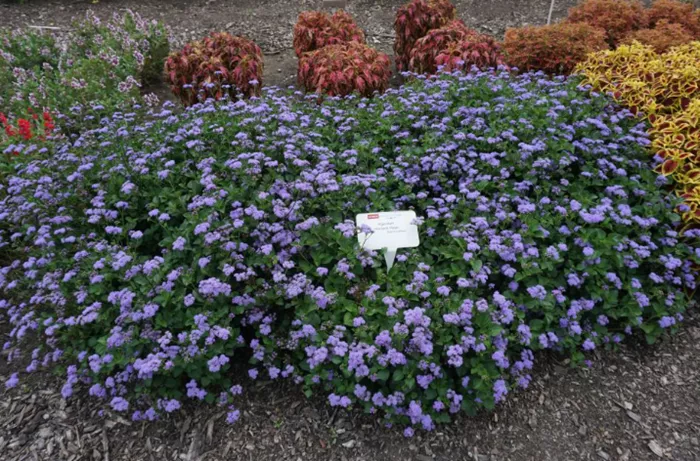Parts of Ohio, including Springfield (Ohio State University Extension Clark County) and Columbus (OSU campus, Franklin County), experienced a severe drought in 2024. Despite the challenging weather, the trials at Springfield thrived thanks to irrigation. However, the campus trials faced more difficulty after construction of a new parking lot disrupted their irrigation system, resulting in some water deficit for the plants.
In Springfield, a low-maintenance approach was used, with minimal care beyond essential watering, one application of slow-release fertilizer at planting, and no mulching. On the other hand, the campus site followed a higher-maintenance strategy, including regular watering, bi-weekly fertilization until July, deadheading, and soil amendments. These varying approaches provided valuable insight into how plants perform under different levels of care.
The drought conditions also helped determine which plants are best suited for dry weather. The most recent evaluation in September indicated that plants like verbena, lantana, alternanthera, gomphrena, scaevola, and angelonia fared well during the heat.
A standout performer was Ageratum ‘Monarch Magic’ from Ball FloraPlant. This plant impressed with its vigorous growth and spreading habit, reaching around 2.5 by 2.5 feet. It was continuously covered in flowers and did not require deadheading to maintain its appearance. The plant lived up to its name by attracting a large number of monarch butterflies—up to 12 on six plants in the trials. It also drew a variety of other pollinators.
Another notable plant was the Stardiva series of scaevola from Proven Winners. This compact plant, known for its smaller flowers in shades of white or blue, performed well in the trials. The Stardiva cultivars—Blue, Pink, and White—showed good results, even in dry conditions.
In the dahlia category, the Virtuoso series from Proven Winners stood out, with Dahlia ‘Virtuoso Pinkerific’ emerging as the top performer. It began blooming in July and continued through the season, still blooming in late September. This early-blooming variety was particularly exciting for dahlia enthusiasts, as most dahlias take longer to flower.
Overall, the trials highlighted the adaptability of certain plants in challenging conditions, with a particular focus on drought tolerance and pollinator attraction.
Related topics:
- Warsaw Cub Scouts Team Up to Plant Trees and Beautify Local Park
- Ellsworth Wins Grants to Plant 150+ Trees in Urban Areas
- Planting Your Garden: Time to Grow Carrots, Lettuce, and Broccoli!


